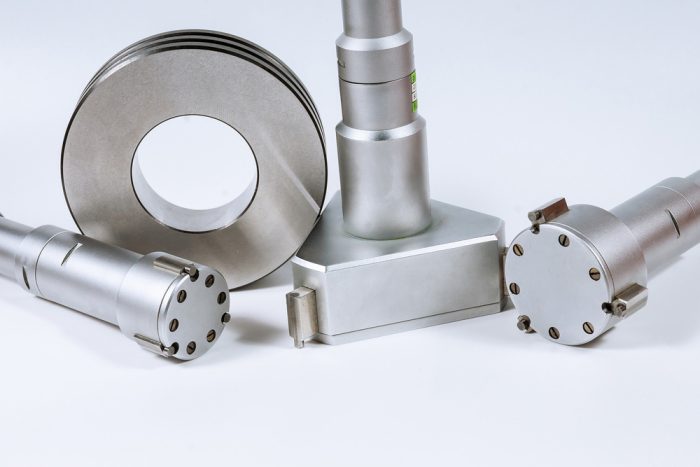Thread gages are precision tools used in various industries to check the accuracy of threaded components. In manufacturing, these gages play a significant role in confirming that components meet strict standards and tolerances. Two common types of thread gages are the thread plug gage and the thread ring gage. While both are vital in verifying the integrity of threads, they serve distinct purposes and are used in different ways. Understanding the difference between thread plug vs ring gage is essential for anyone working with threaded parts in industries such as aerospace, automotive, and manufacturing.
What Is a Thread Plug Gage?
A thread plug gage is used to check the dimensions of an internal thread. It is designed to fit into the threaded hole of a component and helps verify that the internal diameter and pitch of the thread fall within acceptable limits. This gage consists of two parts: the GO gage and the NO GO gage. The GO gage should screw fully into the internal thread, indicating that the thread is within specifications. Conversely, the NO GO gage should not screw in completely, making sure the thread has not exceeded the acceptable tolerance.
What Is a Thread Ring Gage?
A thread ring gage, on the other hand, is used to check external threads. It works in much the same way as the plug gage but is designed for use on components with external threads, such as bolts or screws. The GO ring gage will screw fully onto the external thread, confirming that the dimensions are within specification. The NO GO ring gage, however, should not screw on fully, signaling that the thread is oversized and does not meet the required tolerance.
Key Differences: Thread Plug vs Ring Gage
The primary difference between a thread plug gage and a ring gage lies in their application. The plug gage checks internal threads, while the ring gage checks external threads. Both tools are integral to the manufacturing process, ensuring that components fit and function as intended. Thread plug gages are typically used for testing holes, while thread ring gages are used for testing threaded rods or bolts.
Another distinction is the type of measurement they perform. Thread plug gages verify the internal diameter and pitch, but they do not measure the minor diameter of the thread. Thread ring gages, however, focus on the external thread’s minor diameter and pitch without measuring the major diameter.
Willrich Precision Instruments: Your Trusted Source
Understanding their respective functions clarifies the distinction between thread plug and ring gage. Both are important for the accuracy and functionality of threaded components. Whether working with internal or external threads, using the correct gage is vital for meeting stringent quality standards.
At Willrich Precision Instruments, we support industries with high-quality gages and calibration services to help maintain precision throughout the production process. With over 50 years of experience in the metrology industry, we understand the importance of accurate measurements for quality control. Let us help ensure your measurements are precise and reliable.





